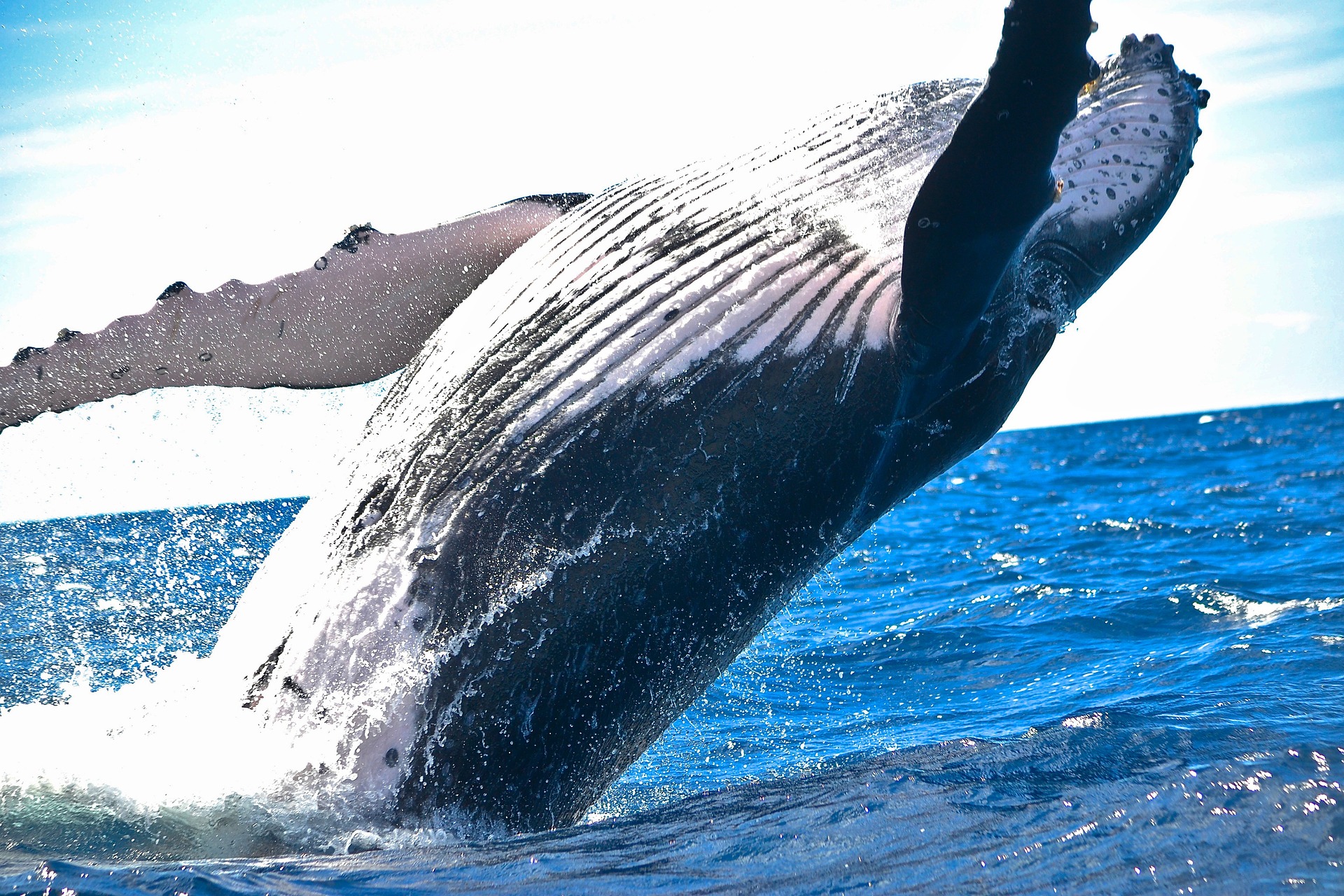The Extraordinary Life of Whales: Giants of the Deep
Whales, the majestic giants of the ocean, have captivated human imagination for centuries. These magnificent creatures lead extraordinary lives, filled with unique behaviors, incredible journeys, and a deep connection to the marine ecosystem. Read below to dive into the fascinating world of whales and discover what makes their existence so remarkable.
Whales, as the largest mammals on Earth, have a profound impact on our planet’s marine ecosystems. Their lives are filled with complex social structures, impressive migrations, and surprising behaviors that reflect their intelligence and adaptability.
The Diversity of Whales
Whales are divided into two main categories: baleen whales and toothed whales, each with distinct characteristics and lifestyles.
-
Baleen Whales: These whales, such as the blue whale and humpback whale, have baleen plates instead of teeth. They feed by filtering small fish and plankton from the water. Blue whales, the largest animals to have ever lived, can reach lengths of up to 100 feet and weigh as much as 200 tons. Humpback whales are known for their acrobatic breaches and complex songs, which can be heard across vast ocean distances.
-
Toothed Whales: This group includes species like sperm whales, orcas (killer whales), and dolphins. Toothed whales have teeth and are often active predators, hunting fish, squid, and other marine life. Sperm whales, known for their deep diving capabilities, can descend over 7,000 feet to hunt giant squid. Orcas, with their sophisticated social structures and hunting strategies, are considered apex predators of the ocean.
Social Structures and Communication
Whales exhibit complex social behaviors and communication methods, reflecting their intelligence and deep social bonds.
-
Pod Life: Many whale species live in pods, which are social groups that can range from a few individuals to several dozen. These pods are often matrilineal, meaning they are led by the oldest female. Orcas, for example, live in tight-knit pods with strong family bonds, and each pod has its own unique set of vocalizations, akin to a dialect.
-
Communication: Whales communicate through a variety of sounds, including clicks, whistles, and songs. Humpback whales are particularly famous for their elaborate songs, which can last for hours and are believed to play a role in mating. These songs can travel great distances underwater, allowing whales to communicate across vast expanses of the ocean.
Epic Migrations
Whales are renowned for their epic migrations, traveling thousands of miles each year between feeding and breeding grounds.
-
Humpback Whale Migration: One of the most well-documented migrations is that of the humpback whale. These whales travel from cold, nutrient-rich feeding grounds in polar regions to warm, tropical breeding grounds. For instance, humpback whales migrate from Antarctica to the waters off Central America and Hawaii, a journey of up to 5,000 miles.
-
Gray Whale Migration: Gray whales undertake one of the longest migrations of any mammal, traveling between their summer feeding grounds in the Arctic and their winter breeding lagoons in Baja California, Mexico. This round trip can cover up to 12,000 miles annually.
Unique Behaviors
Whales exhibit a variety of unique behaviors that demonstrate their adaptability and intelligence.
-
Breaching and Spyhopping: Many whale species, such as humpbacks and orcas, are known for breaching (leaping out of the water) and spyhopping (poking their heads out of the water). These behaviors may be used for communication, navigation, or simply play.
-
Bubble-Net Feeding: Humpback whales engage in a cooperative feeding technique known as bubble-net feeding. A group of whales swims in a circle while blowing bubbles, creating a “net” that traps schools of fish. The whales then swim upwards with their mouths open, consuming large quantities of fish in one gulp.
-
Echolocation: Toothed whales, such as sperm whales and dolphins, use echolocation to navigate and hunt in the dark depths of the ocean. By emitting clicks and listening for the echoes that bounce back from objects, they can determine the size, shape, and location of prey.
Conservation Challenges
Despite their majesty, whales face numerous threats that jeopardize their survival.
-
Whaling: Historically, commercial whaling decimated whale populations worldwide. Although many countries have banned whaling, illegal hunting and whaling for scientific purposes continue to pose a threat to some species.
-
Climate Change: Changing ocean temperatures and melting polar ice affect whale migration patterns and the availability of their prey. This can lead to malnutrition and decreased reproductive success.
-
Pollution: Marine pollution, including plastic waste and chemical contaminants, poses significant risks to whale health. Ingesting plastic or becoming entangled in debris can be fatal for these majestic creatures.
-
Ship Strikes and Noise Pollution: Collisions with ships are a leading cause of whale mortality. Additionally, noise pollution from shipping, oil exploration, and military activities can disrupt whale communication and navigation, leading to disorientation and stress.
Useful Tips and Facts
- Whale Watching: Participate in responsible whale watching to support conservation efforts and gain a deeper appreciation for these animals.
- Reduce Plastic Use: Minimize plastic consumption to help reduce ocean pollution.
- Support Conservation Organizations: Contribute to organizations dedicated to whale conservation and marine protection.
- Educate Others: Raise awareness about the importance of protecting whales and their habitats.
Conclusion
The extraordinary lives of whales offer a glimpse into the wonders of the natural world. From their complex social structures and impressive migrations to their unique behaviors and communication methods, whales are truly remarkable creatures. Understanding and appreciating these ocean giants is essential for ensuring their survival and the health of our marine ecosystems. By supporting conservation efforts and reducing our impact on the oceans, we can help preserve these magnificent beings for future generations.





